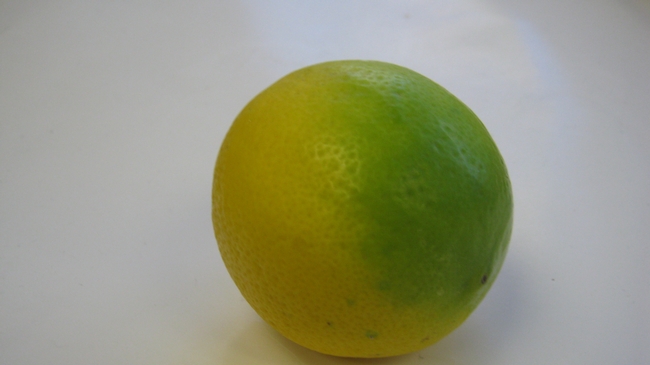Beth Grafton-Cardwell our IPM Specialist who is Lindcove Research and Extension Director and a UC Riverside Entomologist recently gave a talk on the different approaches being taken to confront Asian Citrus Psyllid and Huanglongbing. A summary of a lot of her points is available at:
http://ucanr.edu/repositoryfiles/ACP_Fact_Sheet-101755.pdf
She brought up some points that I think need to be better known. Some early detection techniques are being developed so that infected trees can be quickly identified and removed so that they do serve as a reservoir of inoculum that can increase the spread of the bacterial disease. These techniques are based on measureable levels of different chemicals.
-
Sick trees produce different volatiles (Volatile Organic Compounds can be “sniffed” by machines or trained dogs)
-
Sick trees produce proteins that can be measured
-
Trees produce small RNAs in their defense response that can be measured
-
The bacteria produce proteins that can be measured
-
The micro-organisms associated with sick trees are different than those associated with healthy trees and these can be measured.
All of these techniques are being tested out right now and being refined. It will mean faster diseased tree identification and removal. This will still mean chemical control of the psyllid to control disease spread.
Early detection is just one of the techniques being employed to fight this insect/disease complex. Every conceivable possibility is being explored, including:
-
Psyllid traps – attract and kill
-
Psyllid deterrents – chemicals that would drive psyllids away from citrus
-
Antibiotic treatments to control the tree infection
-
Heat treating trees to destroy the bacteria in the tree
-
Resistant rootstocks and scions (traditional breeding and genetic engineering)
-
Utilize an altered citrus tristeza virus to introduce anti-HLB genes into plants (Genetically Engineered)
-
Altering the psyllid so it can't vector the disease and releasing the ‘nupsyllid' to replace the wild ones (GE)
-
Treat trees with chemicals (interference RNAs) that prevent the psyllid from picking up the disease
Wow. Many of these are a long way off, but some might be coming out soon. We still need to deal with the psyllid so that when infected insects become more widespread, the disease will not spread as fast as it has in Florida and other citrus growing areas.
Attached Images:
